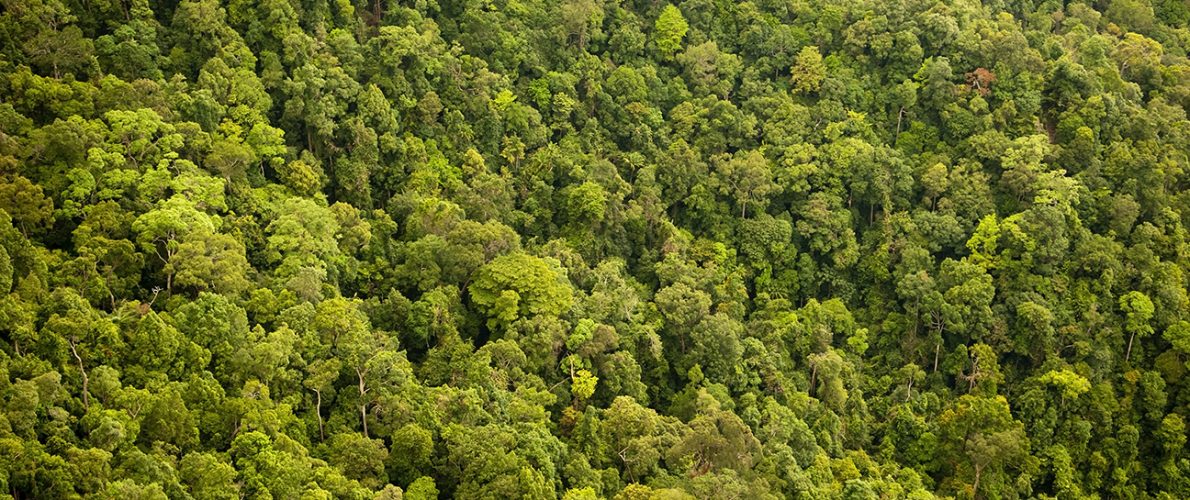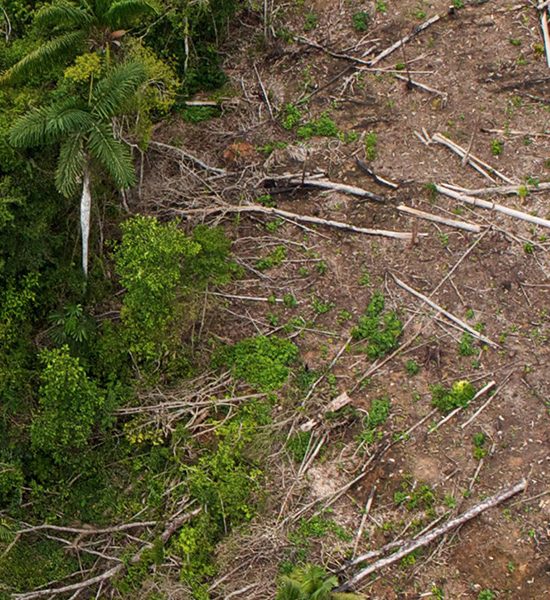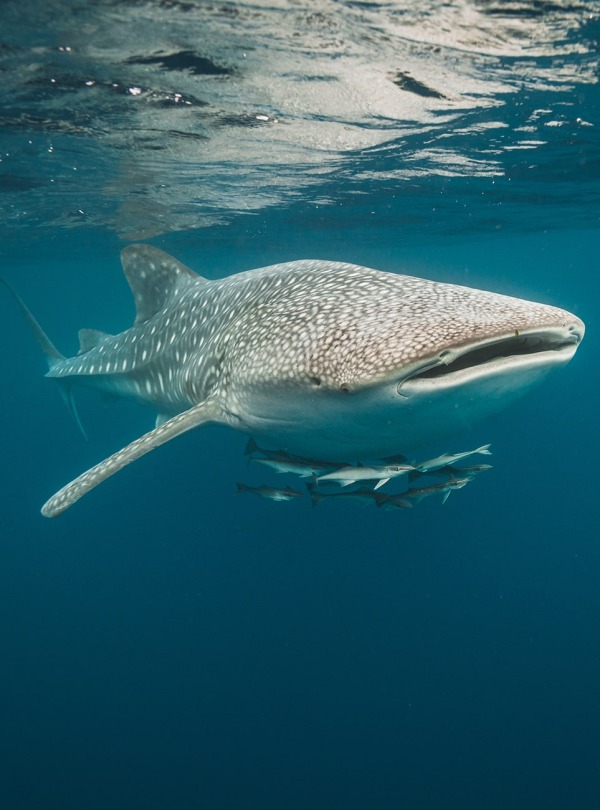
Securing One of Madagascar's Last Bastions of Biodiversity
Support More Work Like ThisSupport More Work Like ThisThe vulnerable Efatsy Forest is home to an incredible array of unique and endemic species.
-
Species at Risk
13 species
-
Carbon stored
592,000 mT*
*(metric tons of CO2 equivalents) -
Partner
Madagascar Primate Study and Research Group
-
4,365 Proposed Acres Conserved by
Designation
-
Project Cost: $333,502

4,365
The vulnerable Efatsy Forest is home to an incredible array of unique and endemic species.
-
Species at Risk
13 species
-
Carbon stored
592,000 mT*
*(metric tons of CO2 equivalents) -
Partner
Madagascar Primate Study and Research Group
-
4,365 Proposed Acres Conserved by
Designation
-
Project Cost: £243,880

4,365
Save forest habitat for unique and endemic species
Southern Madagascar’s Efatsy Forest has long suffered from decades of deforestation due to fires and logging. Despite historical degradation, the remnants of this humid coastal forest are still home to an incredible array of unique and endemic species.
Eight species of lemur can be found in this region—including the Black-and-white Ruffed Lemur (CE), White-collared Lemur (CE) and James’ Sportive Lemur (CE)—but they are forced to live in forest fragments, highly vulnerable to poachers. In addition, approximately 90% of the plant species in the Efatsy Forest are endemic to Madagascar, many of which are endangered.
To prevent any more irreversible loss, Rainforest Trust is working with our local partner, Madagascar Primate Study and Research Group (GERP), to create the 3,067-acre Efatsy Protected Area.
Did you know?
species of lemurs are found in Madagascar’s Efatsy Forest.
Explore Efatsy
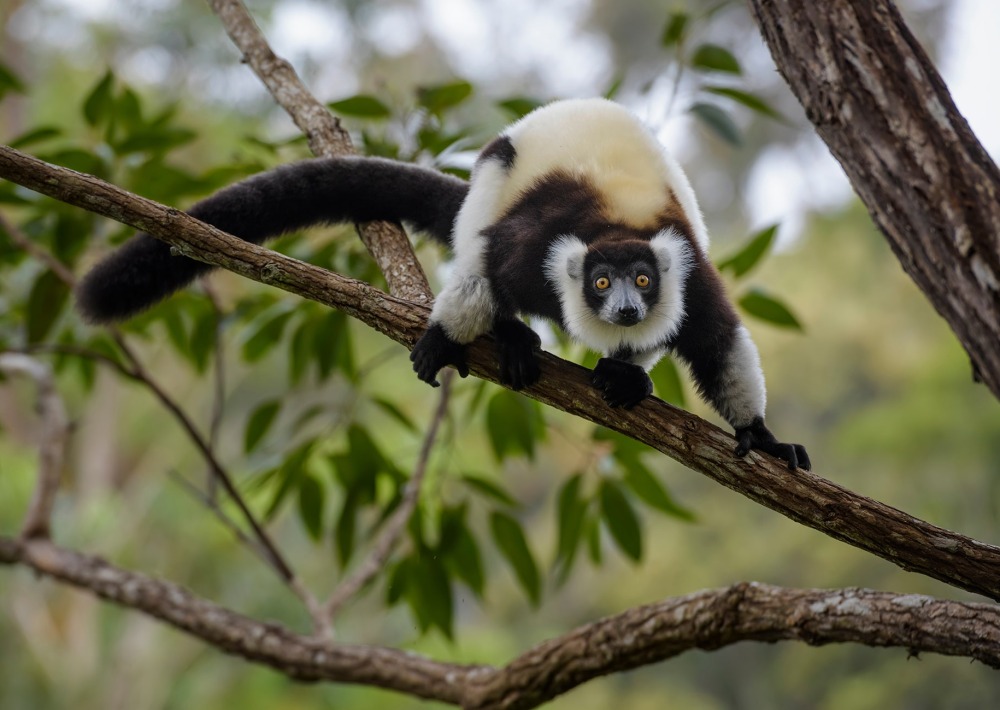
The Black-and-white Ruffed Lemur of Madagascar, by David Havel
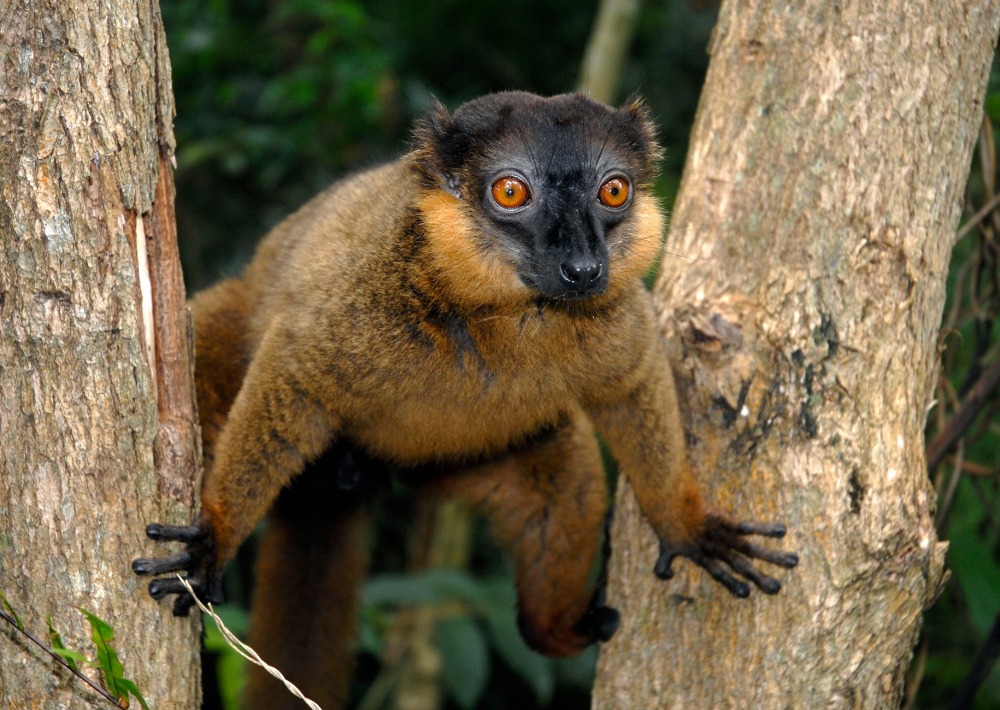
Collared Brown Lemur, by Coulanges
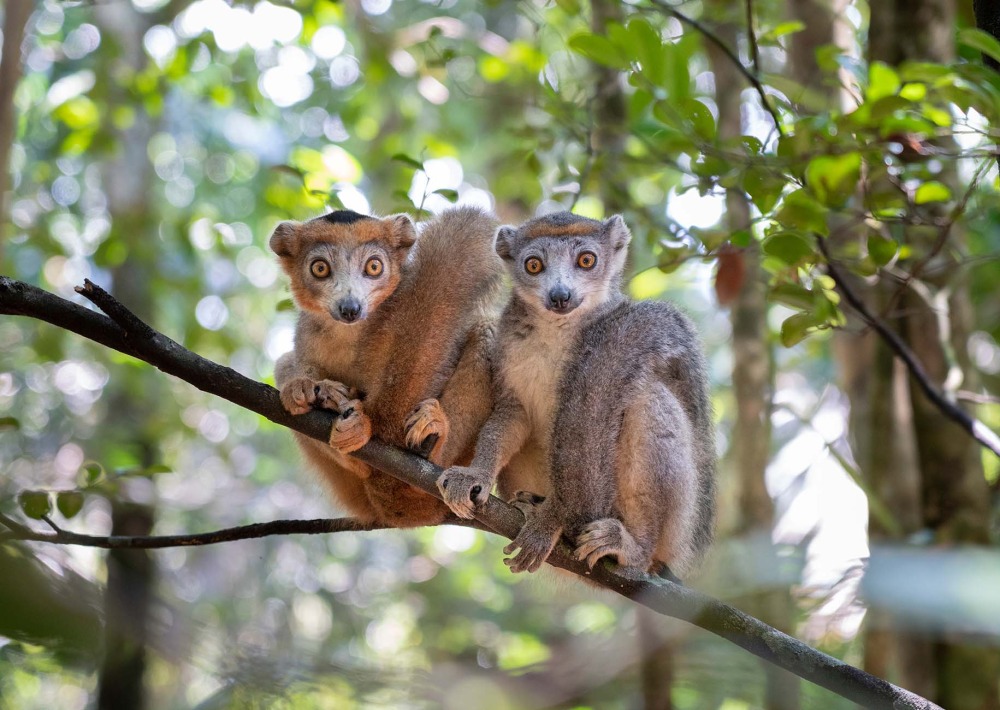
The Endangered Crowned Lemur courtesy of Zaruba Ondrej/shutterstock
Support local communities
While the region stands out for its biological value, it is also one of the poorest and least developed regions of Madagascar, with the majority of the population living in poverty. Sustainable economic opportunities are limited, which puts intense pressure on increasingly scarce natural resources.
The success of this project is rooted in local communities, and will empower them to sustainably manage resources by aligning access to natural resources with traditional customs. Alternative livelihood opportunities will also become available to local communities—working in the protected area, basketry and apiculture—which will provide a source of income.
Join our lasting solution
Local communities will take on full management of the protected area, and will work closely with GERP to implement new regulations that ensure the long-term safety of the forest.
One of GERP’s priorities will also be to control the harmful practice of using fire to renew grazing lands and stop illegal timber extraction to ensure the long-term protection of forest.
